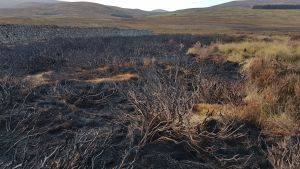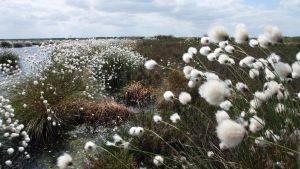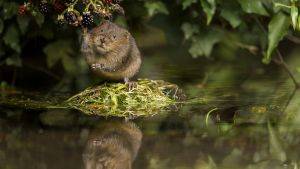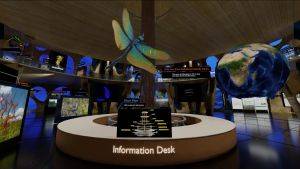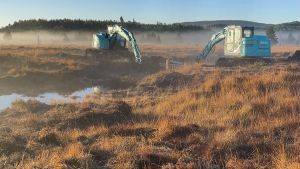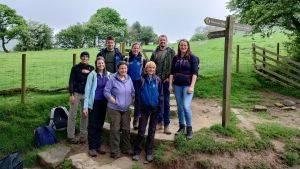High Peak Moors (Kinder and Bleaklow)
Introduction
A wild landscape, with expansive blanket bog, the High Peak Moors neighbour the very urban areas of Sheffield and Manchester. Being so close to these post-Industrial cities has had its impact, the blanket bog being one of the most damaged in the UK as a result of atmospheric pollution and recreational pressure, in addition to overgrazing and wildfires.
Despite the damage, the fantastic views afforded after only a short train ride from the city makes it very popular, with over 10 million visitors every year.
Project Aims
Rewetting the bogs is a big and long-term effort - to achieve it the National Trust will be undertaking a number of tasks:
- Blocking drains
- Revegetating bare peat with natural vegetation - spreading lime, seed and fertiliser; spreading cut heather brash; planting plugs e.g. cotton grass
- Scrub removal
- Phasing out burning on the blanket bog
- Stabilise bare peat
- Reduce grazing numbers.
Restoration Delivered
Restoration achieved to date, working as part of the Moors for the Future Partnership, includes:
- Installation of 6,000 dams to slow water flow
- Revegetation of almost 200 hectares of bare eroding peat.
See Moors for the Future Partnership's entry for more information on restoration achieved to date on Bleaklow.
High Peak Moors 50 Year Vision
Priorities:
- People being inspired - enable people to explore the moors and attract a wider audience
- People looking after the land - a working landscape that supports rural business and activities
- Secure and healthy peat bogs - stopping peatland erosion
- Vibrant wildlife
- More trees and shrubs in the valleys and cloughs.
Project Name: High Peak Moors (Kinder and Bleaklow)
Organisation / Lead partner: National Trust
Location: Edale, Derbyshire
Approximate area covered: 1350 ha
Conservation Status: Site of Special Scientific Interest (SSSI), Special Area of Conservation (SAC), Special Protection Area (SPA), National Park (NP), Environmentally Sensitive Area (ESA)
Predominately: Upland
Peat Habitats: Blanket bog
Project Type: Restoration, Management
Year Project Began: 2011



